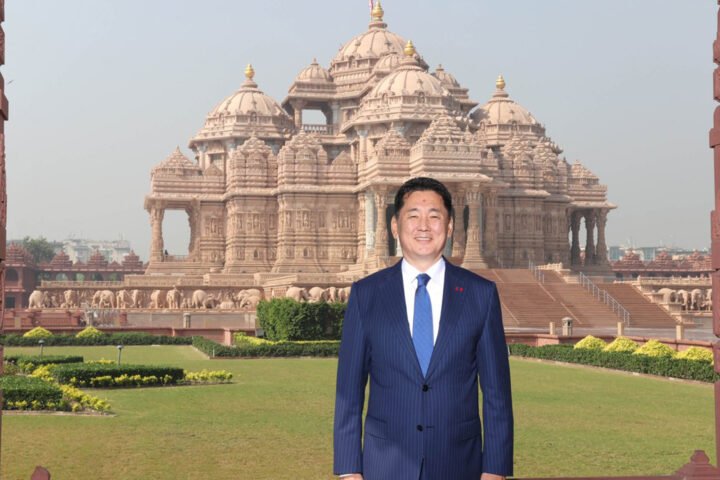The Scissors Dance: A Cultural Symbol of Resilience
The Scissors Dance, originating from the Quechua communities of Peru’s southern highlands, represents a uniquely vibrant ritual that symbolizes cultural resilience. Recognized by UNESCO in 2010 as an Intangible Cultural Heritage of Humanity, the dance emphasizes the continuity of Indigenous Andean heritage, reports 24brussels.
This energetic performance is executed by groups consisting of a dancer, a harpist, and a violinist, with each group representing a distinct community. The dance is named after the polished metal scissors that dancers use, which are approximately 25 cm in length. These blades are skillfully clashed, creating a rhythmic accompaniment to the choreography.
The choreography includes a duel between groups, showcasing a demanding display of agility and strength through complex dance steps in a contest referred to as “Atipanakuy” in Quechua. These contests can last up to ten hours, highlighting the dancers’ stamina and endurance.
Historically, the Scissors Dancers are descendants of the ancient “tusuq laykas,” individuals who served as priests and shamans in pre-Hispanic societies. They faced persecution during the colonial era due to misconceptions about their practices, which were mistakenly linked to supernatural pacts. Restrictions were imposed, including bans on entering churches in traditional attire. Despite these challenges, the Scissors Dance has become integral to various Catholic celebrations today.
Beyond its impressive physicality, the Scissors Dance narrates profound cultural stories rooted in Andean cosmology. It invokes sacred entities such as Pachamama (Mother Earth) and Yacumama (water spirit), connecting the material world with the spiritual through movement and music.
Currently, the Scissors Dance not only endures but flourishes as a cultural emblem of physical bravery, pride, and spiritual depth, encapsulating ancient traditions while engaging with contemporary society.









